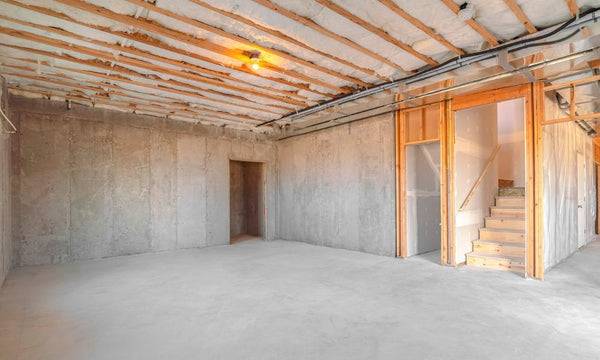
Which Items in Your Home Can Emit Radon?
Radon, a colorless and odorless gas, is a silent threat that may be lurking in your home without you even knowing it. It’s a radioactive gas that forms naturally from the decay of uranium in soil and rocks. While it may seem like an issue only associated with the outdoors, the truth is that radon can find its way into homes and pose serious health risks. Typically, radon enters houses and buildings through the foundation. However, specific items in your home can emit radon. Understanding these potential sources is crucial for maintaining a healthy living environment.
Basements and Crawl Spaces
Radon often enters homes through basements or crawl spaces, as these areas directly interact with the soil. The gas can seep through cracks and openings in the foundation, entering living spaces above. Proper ventilation and sealing of cracks or gaps in these areas are essential to mitigate radon infiltration.
Construction Materials
Certain construction materials in homes contribute to elevated radon levels. Concrete, for instance, often includes materials that may contain traces of uranium. While the amounts are typically small, they can release radon gas into the indoor air over time. Ensuring proper ventilation and using radon-resistant construction materials can help minimize the risk.
Well Water
If your home relies on well water, there’s a possibility that radon could be present. Radon can dissolve in water and spread into the air when you use water for activities like showering or washing dishes. Testing well water for radon levels and implementing water treatment systems can be crucial in reducing exposure.
Natural Stone
Granite and other natural stones in countertops and flooring can contain trace amounts of uranium, potentially contributing to indoor radon levels. While the risk is generally low, especially in well-ventilated spaces, sealing these surfaces and maintaining good indoor air circulation can help minimize any potential impact.
Poor Ventilation
Inadequate ventilation can exacerbate radon issues in your home. Without proper air exchange, radon can accumulate indoors, increasing the risk of exposure. Regularly opening windows, using exhaust fans, and ensuring a well-ventilated living space are vital strategies for minimizing radon levels.
Understanding the potential sources and items that can emit radon in your home is the first step to creating a safer living environment. Regular radon testing is crucial. If you find out you have elevated levels, you need to have radon mitigation equipment installed. Addressing these sources and taking proactive steps can significantly reduce the risk of radon exposure and promote a healthier home for you and your family.





